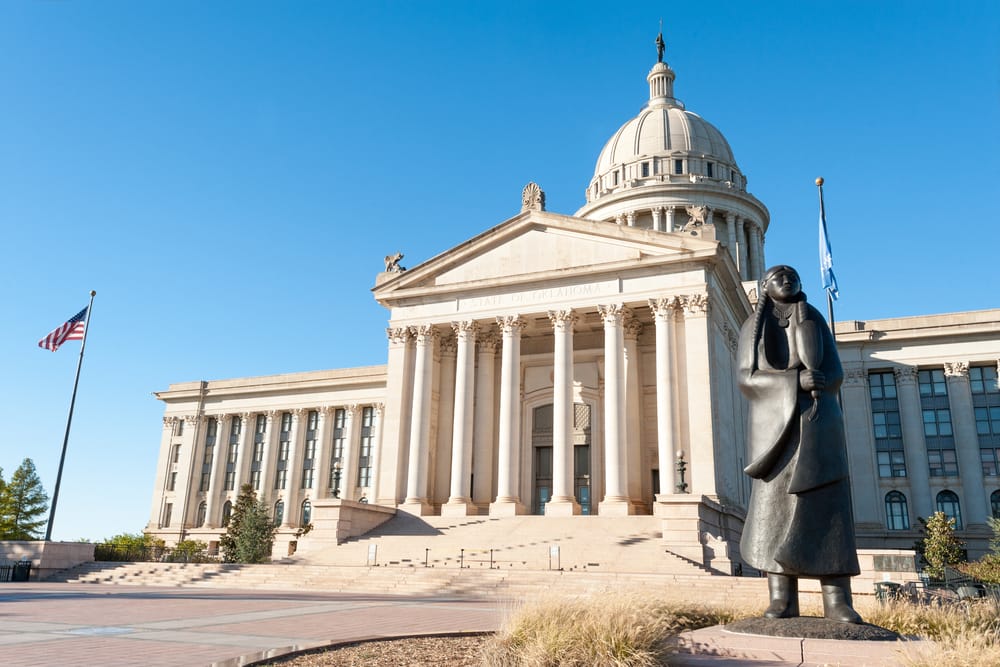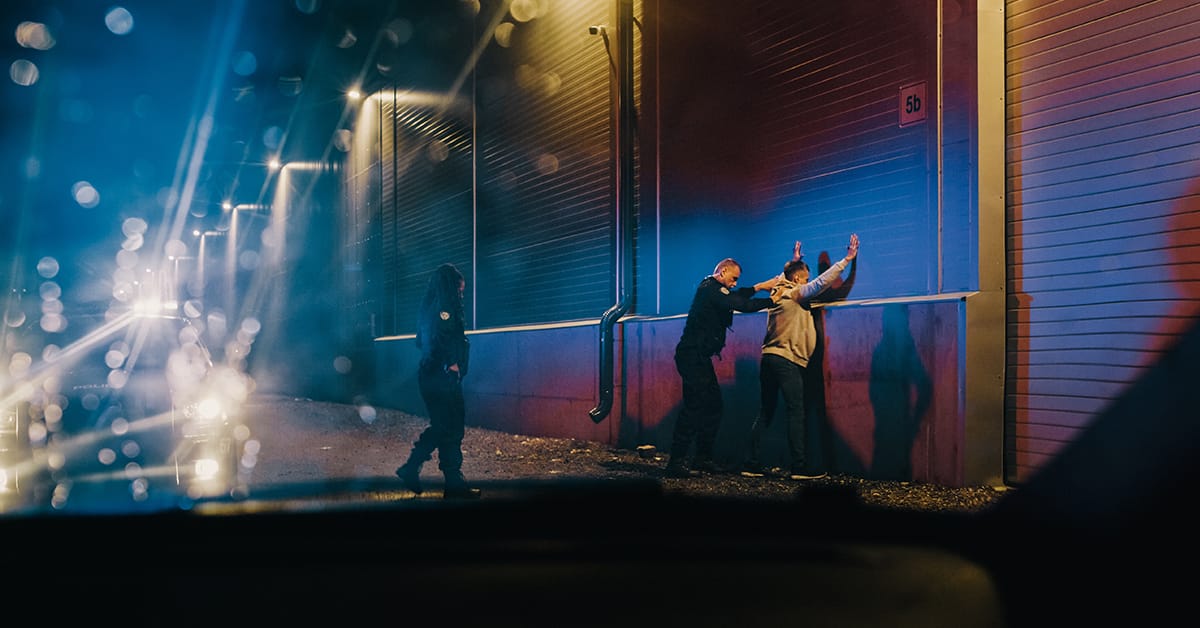What Is the Future of Oklahoma’s Prisons?

It’s not often that the entire voting-age population of a state is made aware of what is going on in that state’s prisons, but that’s exactly what happened in 2020 with Oklahoma’s State Question 805, a ballot initiative that sought to prohibit using a person’s previous non-violent crimes as a way to impose greater sentences on them for current non-violent crimes. The ballot initiative was shot down in the November 2020 elections, but it did bring Oklahoma prisons and their condition out into the open, showing the need for effective rehabilitation for offenders and improved vocational and educational resources.
Details of the Ballot Proposal
In 2020, Oklahoma voters introduced Oklahoma State Question 805, titled the Criminal History in Sentencing and Sentence Modification Initiative. The proposed constitutional amendment suggested Oklahoma voters approve two key changes. Quoting the text of the initiative, the proposal suggested:1
- “Prohibiting using a person’s past non-violent felony convictions to impose a greater (enhanced) sentence when sentencing a person convicted of a non-violent felony.”
- “Providing for sentence modifications for eligible individuals serving or set to serve sentences that were enhanced based on past felony convictions.”

Voters who wanted to support the change voted “Yes” on the ballot, and voters who wanted to reject the change voted “No.” A no-vote simply maintained that a person convicted of a non-violent felony could receive greater sentences based on past felony convictions, the current practice in Oklahoma.
The ballot initiative made headlines across Oklahoma and in all the major papers and media publications. It was one of the leading items of discussion in state-level electoral issues. A total of 1.5 million Oklahomans voted on the initiative, or 68% of all registered voters in the state.
Oklahoma State Question 805, titled the Criminal History in Sentencing and Sentence Modification Initiative, ultimately failed to pass, with 923,328 Oklahomans voting against it and only 588,280 voting for it. However, given the media attention the proposal received, it did get Oklahomans thinking about crime, incarceration, prisons, reform, reintroduction, and recidivism in the Sooner State.
What Is the Scope of Incarceration, Crime, and Recidivism in Oklahoma?
According to the Bureau of Justice Statistics, Oklahoma has the fourth-highest incarceration rate in the nation. Only Arkansas, Louisiana, and Mississippi are ahead of Oklahoma in terms of the rate at which it incarcerates residents. For the raw numbers, Oklahoma incarcerates 555 people for every 100,000 living in the state, well ahead of Arizona (453 per 100,000) but just behind Arkansas (559 per 100,000). The national incarceration rate is about 350 for every 100,000.2
But what crimes are being committed that cause so many Oklahomans to be sent to the state’s 93 jails and 24 prisons? The state holds about 10,670 people in jail and 25,679 in prison; how did they end up there?
According to the Oklahoma State Bureau of Investigation, Oklahoma records about 17,000 violent crimes annually. In 2020, the most recent year for which there is published data on crimes in Oklahoma, the state recorded:3
- 287 murders
- 2,245 rapes/sexual assaults
- 2,293 incidences of robbery
- 13,125 incidences of aggravated assault
Perhaps the most important metric to consider when assessing Oklahoma’s criminal justice system is its recidivism, or how many people who complete a prison sentence in the state then go on to commit another crime, are sentenced for it, and return to prison. Recidivism is an important metric because it shows the relative efficacy of any state’s criminal justice system.

According to federal research that analyzes all of the states, Oklahoma has a recidivism rate of about 21.2%, meaning the state’s criminal justice system is not working for about one in five prisoners who go through it. However, according to the state’s reporting, recidivism in Oklahoma is a little over 23%, meaning close to one in four inmates are being released from prison, only to re-offend and return to prison.4
The Need for Educational Programs that Can Help Inmates Experience Effective, Lasting Reform
Oklahoma currently offers various rehabilitative services for offenders, but these programs should be expanded and improved to bring the recidivism rate down. For example, the state would benefit greatly from adding programs like the following:
- Vocational training and job skills to help offenders learn valuable trades for when they’re released
- In-prison programs that teach life skills and coping strategies to help offenders live crime-free lives
- Substance abuse programs for offenders who commit crimes involving drugs or who suffer from addiction
Prisoners need access to quality educational programs that will help them get to the root cause of why they committed crime in the first place and will empower them with the tools they need to create worthwhile, responsible, meaningful lives that do not involve crime. Prisoners who receive programs like these are placed on a pathway to success and a far better future following their release.
Oklahoma prisoners need sufficient and real rehabilitation programs provided to them in local jails and prisons. Further, the communities they will ultimately return to also need those programs, as programs that produce reformed individuals are essential to improving public safety.
Sources Cited:
- BP. “Oklahoma State Question 805, Criminal History in Sentencing and Sentence Modification Initiative (2020).” Ballotpedia, 2020. ballotpedia.org
- BJS. “Prisoners in 2020 – Statistical Tables.” Bureau of Justice Assistance, 2021. bjs.ojp.gov
- OSBI. “Crime Statistics.” Oklahoma State Bureau of Investigation, 2020. osbi.ok.gov
- OKGOV. “Facts About Oklahoma Prison Recidivism.” Digital Prairie, Oklahoma State Government, 2012. digitalprairie.ok.gov




